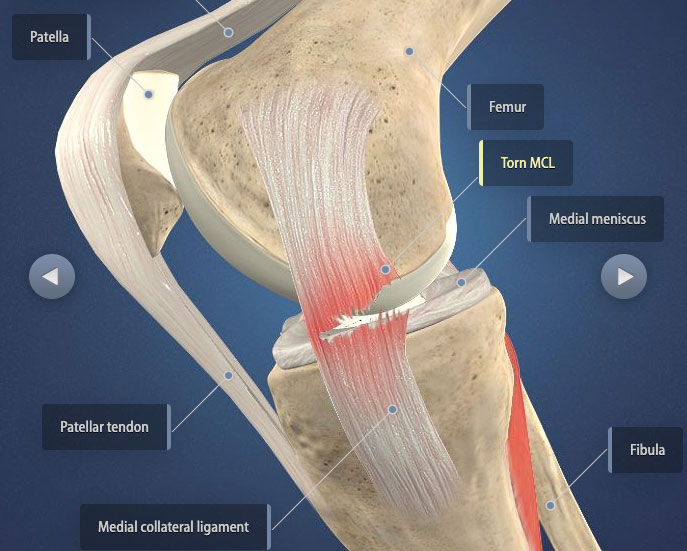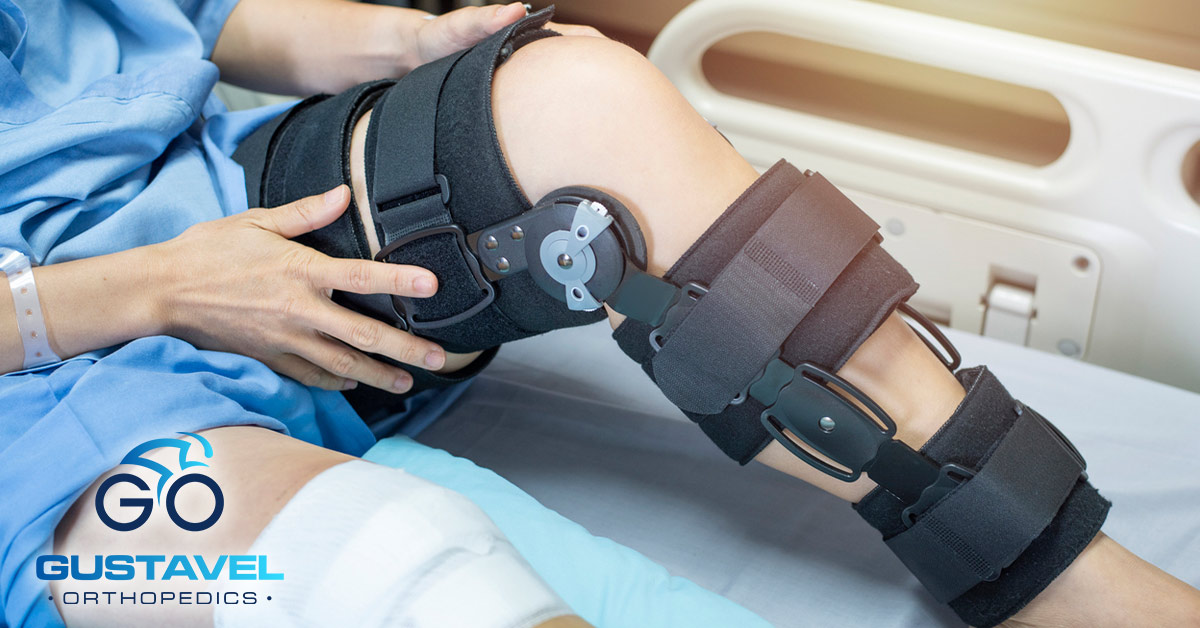

Revision ACL reconstruction is a complex undertaking due to limited graft options, compromised anatomy and high frequency of associated injuries. Complete ACL tears are usually treated by sports medicine physicians and orthopedic. A partially or completely torn ACL is a common injury among athletes. The ACL is an important soft-tissue structure in the knee that connects the femur to the tibia. Extra-articular reconstruction for controlling anterolateral instability is frequently required as well. ACL surgery is a repair or reconstruction of the anterior cruciate ligament (ACL).

Associated meniscus tears and cartilage injuries are more common in revision than in primary surgery and need to be managed appropriately. Autografts are preferred for revision ACL due their lesser re-tear rates and better outcomes. Severe tunnel dilatation, infection, or arthrofibrosis necessitates a two-stage approach. Revision ACL reconstruction maybe performed as a one-stage or two-stage procedure.
#Surgery for acl trial
Osseous malalignment in the coronal or sagittal planes would also need correction along with or prior to revision ACL surgery. This single RCT, the famous KANON (Knee Anterior Cruciate Ligament, Nonsurgical versus Surgical Treatment) trial by Frobell and colleagues (2013), recommended. Infection has to be ruled out prior to planning any reconstructive surgical procedure. Detailed patient assessment, imaging, and studying details of the index surgery are critical prior to planning revision surgery. Of these, tunnel malposition and recurrent trauma are the most common causes. The spectrum of ACL failure includes symptoms of recurrent instability, pain, and/or stiffness.įactors contributing to ACL failure may be classified as patient-related, surgeon-related, and biological factors. The incidence of anterior cruciate ligament reconstruction (ACLR) surgeries is increasing and so is the number of revision surgeries for a failed ACLR.


 0 kommentar(er)
0 kommentar(er)
